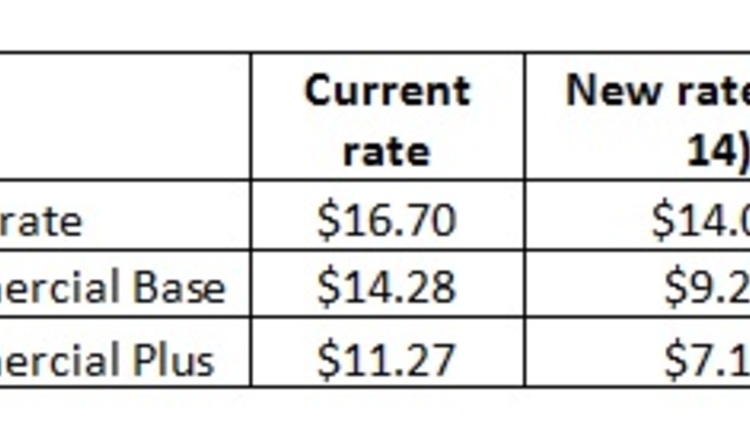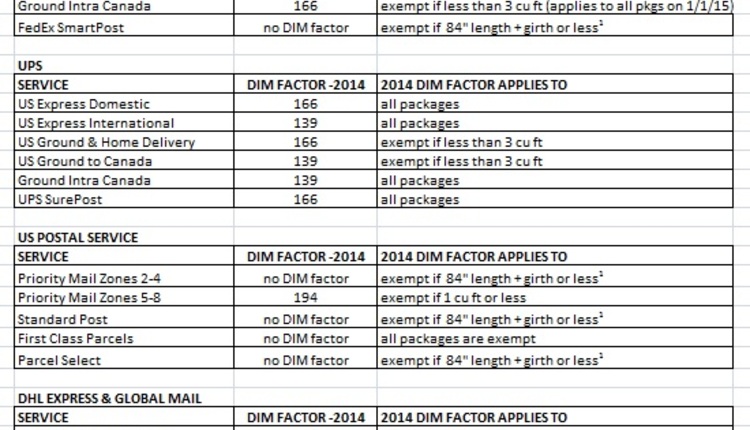We have just learned that the Postal Service plans to undertake a significant transformation of their entire Bulk Mail Center network-likely the biggest change since the 21 BMCs were created more than 30 years ago. At the same time, they have apparently shelved plans to outsource both the operation of those BMCs and a significant portion of their ground transportation network. The 21 BMCs in the network currently process Parcel Post, Bound Printed Matter, Media Mail, Standard Mail (catalogs, parcels and bulk mail weighing under 1 lb, hence the name), and Periodicals, such as magazines and mailed copies of newspapers. The BMCs were established in 1974, and are currently staffed by more than 11,000 employees. Under the plan, the current BMCs will be transformed into new to Network Distribution Centers (NDCs). Roughly one half of the NDCs will process inbound-only shipments, while the remaining NDC’s will handle both outbound and inbound volumes. However, mailers who currently drop at BMC’s are likely to still be able to do so at all 21 of the new NDCs, many of which will be located in the same facilities.
Here are some of the details:
· The Postal Service will consolidate outbound surface volumes to achieve end to end efficiencies, and reduce costs.
· At the same time, the current Surface Transfer Center (STC) network will be aligned with the new NDC’s. Containerization and dispatch plans will be coordinated to eliminate redundant networks and improve transportation utilization.
· The new plan should allow for better utilization of surface transportation, including the use of tandem and even triple trailer loads.
· Three tiers of NDCs will exist, although we lack specific details on this part of the plan.
· Phase I implementation will begin in the Northeast, probably within the next few months.
So what are the impacts to mailers and shippers? Luckily, most of the impacts are likely to be positive:
· Reduced processing and transportation costs should translate into more stable rates-at least in theory.
· Overall transit times should see some improvement, as the result of streamlining of transportation.
· Mailers will still be able to deposit mail at the same facilities, and at the current BMC rates. However, the rate structures are likely to continue to reward mailers who drop closer to the end customer-such as the DDU’s or local post offices. For the last several years, the gap between BMC and DDU has widened.
Doug Caldwell is the Executive VP of Utah based ParcelPool.com. He can be reached at 503-784-2421, or at doug.caldwell@parcelpool.com.
Here are some of the details:
· The Postal Service will consolidate outbound surface volumes to achieve end to end efficiencies, and reduce costs.
· At the same time, the current Surface Transfer Center (STC) network will be aligned with the new NDC’s. Containerization and dispatch plans will be coordinated to eliminate redundant networks and improve transportation utilization.
· The new plan should allow for better utilization of surface transportation, including the use of tandem and even triple trailer loads.
· Three tiers of NDCs will exist, although we lack specific details on this part of the plan.
· Phase I implementation will begin in the Northeast, probably within the next few months.
So what are the impacts to mailers and shippers? Luckily, most of the impacts are likely to be positive:
· Reduced processing and transportation costs should translate into more stable rates-at least in theory.
· Overall transit times should see some improvement, as the result of streamlining of transportation.
· Mailers will still be able to deposit mail at the same facilities, and at the current BMC rates. However, the rate structures are likely to continue to reward mailers who drop closer to the end customer-such as the DDU’s or local post offices. For the last several years, the gap between BMC and DDU has widened.
Doug Caldwell is the Executive VP of Utah based ParcelPool.com. He can be reached at 503-784-2421, or at doug.caldwell@parcelpool.com.








